文献精选
Samuel F. Williams , 1 Helen Wan,1 John Chittock , 1 Kirsty Brown,1 Andrew Wigley,1 Michael J. Cork 1,2,3 and Simon G. Danby 1
1 Sheffield Dermatology Research, Department of Infection, Immunity and Cardiovascular Disease, University of Sheffield Medical School, Sheffield, UK
2 Sheffield Children’s NHS Foundation Trust, Sheffield Children’s Hospital, Western Bank, Sheffield, UK
3 Sheffield Teaching Hospitals NHS Foundation Trust, The Royal Hallamshire Hospital, Sheffield, UK Correspondence: Samuel F. Williams. Email: 该Email地址已收到反垃圾邮件插件保护。要显示它您需要在浏览器中启用JavaScript。
Abstract
Background Atopic dermatitis (AD) is characterized by skin barrier defects that are often measured by biophysical tools that observe the functional properties of the stratum corneum (SC).
Objectives To employ in vivo infrared spectroscopy alongside biophysical measurements to analyse changes in the chemical composition of the SC in relation to AD severity.
Methods We conducted an observational cross-sectional cohort study where attenuated total reflection Fourier transform infrared (ATRFTIR) spectroscopy measurements were collected on the forearm alongside surface pH, capacitance, erythema and transepidermal water loss (TEWL), combined with tape stripping, in a cohort of 75 participants (55 patients with AD stratified by phenotypic severity and 20 healthy controls). Common FLG variant alleles were genotyped.
Results Reduced hydration, elevated TEWL and redness were all associated with greater AD severity. Spectral analysis showed a reduction in 1465 cm–1 (full width half maximum) and 1340 cm–1 peak areas, indicative of less orthorhombic lipid ordering and reduced carboxylate functional groups, which correlated with clinical severity (lipid structure r=–0.59, carboxylate peak area r=–0.50).
Conclusions ATR-FTIR spectroscopy is a suitable tool for the characterization of structural skin barrier defects in AD and has potential as a clinical tool for directing individual treatment based on chemical structural deficiencies.
What is already known about this topic?
- The skin of patients with atopic dermatitis (AD) is characterized by atypical lipid levels and structure, diminished natural moisturizing factor (NMF) and filaggrin deficiency.
- As a result of these structural alterations, normal skin barrier function is reduced.
- Purpose-built probes or assays are typically used to monitor and quantify biochemical changes, such as pH, moisturization factors, hydration and transepidermal water loss (TEWL), on the epidermal surface as a result of the onset of dermatitis.
What does this study add?
- Characteristics from the mid-infrared spectra collected from participants’ skin provided molecular insight into the pathogenesis of AD.
- Lipid- and carboxylate-associated mid-infrared peaks were strongly associated with biophysical measurements, including skin hydration, NMF and TEWL.
- Peaks analysis also indicated a filaggrin deficiency, caused by genetic deposition or inflammatory action.
- Early detection of a genetic predisposition to AD would allow for preventative measures to be undertaken.
Accepted: 20 November 2023
© The Author(s) 2023. Published by Oxford University Press on behalf of British Association of Dermatologists. This is an Open Access article distributed under the terms of the Creative Commons Attribution-NonCommercial License (https://creativecommons.org/licenses/by-nc/4.0/), which permits non-commercial re-use, distribution, and reproduction in any medium, provided the original work is properly cited. For commercial re-use, please contact 该Email地址已收到反垃圾邮件插件保护。要显示它您需要在浏览器中启用JavaScript。
Marta Arnal‑Forné1 · Tamara Molina‑García2 · María Ortega2 · Víctor Marcos‑Garcés2,3 · Pilar Molina4 · Antonio Ferrández‑Izquierdo1,2,5 · Pilar Sepulveda1,6,7 · Vicente Bodí2,3,6,8 · César Ríos‑Navarro1,2,6 · Amparo Ruiz‑Saurí1,2,6
Accepted: 10 June 2024 / Published online: 2 July 2024
© The Author(s) 2024
Abstract
Skin represents the main barrier against the external environment, but also plays a role in human relations, as one of the prime determinants of beauty, resulting in a high consumer demand for skincare-related pharmaceutical products. Given the importance of skin aging in both medical and social spheres, the present research aims to characterize microscopic changes in human skin composition due to intrinsic aging (as opposed to aging infuenced by external factors) via histological analysis of a photoprotected body region. Samples from 25 autopsies were taken from the periumbilical area and classifed into four age groups: group 1 (0–12 years), group 2 (13–25 years), group 3 (26–54 years), and group 4 (≥55 years). Diferent traditional histological (hematoxylin–eosin, Masson’s trichrome, orcein, toluidine, Alcian blue, and Feulgen reaction) and immunohistochemical (CK20, CD1a, Ki67, and CD31) stains were performed. A total of 1879 images photographed with a Leica DM3000 optical microscope were morphometrically analyzed using Image ProPlus 7.0 for further statistical analysis with GraphPad 9.0. Our results showed a reduction in epidermis thickness, interdigitation and mitotic indexes, while melanocyte count was raised. Papillary but not reticular dermis showed increased thickness with aging. Specifcally, in the papillary layer mast cells and glycosaminoglycans were expanded, whereas the reticular dermis displayed a diminution in glycosaminoglycans and elastic fbers. Moreover, total cellularity and vascularization of both dermises were diminished with aging. This morphometric analysis of photoprotected areas reveals that intrinsic aging signifcantly infuences human skin composition. This study paves the way for further research into the molecular basis underpinning these alterations, and into potential antiaging strategies.
Keywords Skin aging · Intrinsic aging · Morphometric analysis · Human biopsies
César Ríos-Navarro 该Email地址已收到反垃圾邮件插件保护。要显示它您需要在浏览器中启用JavaScript。
* Amparo Ruiz-Saurí 该Email地址已收到反垃圾邮件插件保护。要显示它您需要在浏览器中启用JavaScript。; 该Email地址已收到反垃圾邮件插件保护。要显示它您需要在浏览器中启用JavaScript。
1 Department of Pathology, University of Valencia, Avda. Blasco Ibáñez 15. 46010, Valencia, Spain
2 Instituto de Investigación Sanitaria INCLIVA Biomedical Research Institute, Avda. Menéndez Pelayo 4acc, 46010 Valencia, Spain
3 Cardiology Department, Hospital Clínico Universitario, Valencia, Spain
4 Department of Pathology, Instituto de Medicina Legal y Ciencias Forenses, Valencia, Spain
5 Anatomic Pathology Department, Hospital Clínico Universitario, Valencia, Spain
6 Centro de Investigación Biomédica en Red (CIBER)-CV, Madrid, Spain
7 Regenerative Medicine and Heart Transplantation Unit, Instituto de Investigación Sanitaria La Fe, Valencia, Spain
8 Department of Medicine, University of Valencia, Valencia, Spain
Anna Nicolaou a,b, ⁎, Alexandra C. Kendall a
a Laboratory for Lipidomics and Lipid Biology, Division of Pharmacy and Optometry, School of Health Sciences, Faculty of Biology Medicine and Health, The University of Manchester, Manchester Academic Health Science Centre, Manchester M13 9NT, UK
b Lydia Becker Institute of Immunology and Inflammation; Faculty of Biology, Medicine and Health, The University of Manchester, Manchester Academic Health Science Centre, Manchester M13 9NT, UK
article info
Available online 17 June 2024
Associate editor: Dr. M. Curtis
Keywords:
Skin barrier
Microbiota
Bioactive lipids
Ceramides
Skin disease
Skin immunology
abstract
Our skin protects us from external threats including ultraviolet radiation, pathogens and chemicals, and prevents excessive trans-epidermal water loss. These varied activities are reliant on a vast array of lipids, many of which are unique to skin, and that support physical, microbiological and immunological barriers. The cutaneous physical barrier is dependent on a specific lipid matrix that surrounds terminally-differentiated keratinocytes in the stratum corneum. Sebum- and keratinocyte-derived lipids cover the skin's surface and support and regulate the skin microbiota. Meanwhile, lipids signal between resident and infiltrating cutaneous immune cells, driving in-flammation and its resolution in response to pathogens and other threats. Lipids of particular importance include ceramides, which are crucial for stratum corneum lipid matrix formation and therefore physical barrier functionality, fatty acids, which contribute to the acidic pH of the skin surface and regulate the microbiota, as well as the stratum corneum lipid matrix, and bioactive metabolites of these fatty acids, involved in cell signalling, inflammation, and numerous other cutaneous processes. These diverse and complex lipids maintain homeostasis in healthy skin, and are implicated in many cutaneous diseases, as well as unrelated systemic conditions with skin manifestations, and processes such as ageing. Lipids also contribute to the gut-skin axis, signalling between the two barrier sites. Therefore, skin lipids provide a valuable resource for exploration of healthy cutaneous processes, local and systemic disease development and progression, and accessible biomarker discovery for systemic disease, as well as an opportunity to fully understand the relationship between the host and the skin microbiota. Investigation of skin lipids could provide diagnostic and prognostic biomarkers, and help identify new targets for interventions. Development and improvement of existing in vitro and in silico approaches to explore the cutaneous lipidome, as well as advances in skin lipidomics technologies, will facilitate ongoing progress in skin lipid research.
© 2024 The Authors. Published by Elsevier Inc. This is an open access article under the CC BY license (http://
creativecommons.org/licenses/by/4.0/).
Abbreviations: ASM, Acid sphingomyelinase; ALA, α-linolenic acid; AA, arachidonic acid; AEA, arachidonoyl ethanolamine; AG, arachidonoyl glycerol; AD, atopic dermatitis; BM, basement membrane; CerS, ceramide synthase; CLA, conjugated linoleic acid; COX, cyclooxygenase; CYP450, cytochrome P450 monooxygenase; DC, dendritic cell; DGAT, diacylglycerol acyltransferase; DGLA, dihomo-γ-linolenic acid; DHA, docosahexaenoic acid; DHEA, docosahexaenoyl ethanolamine; EPA, eicosapentaenoic acid; EPA, eicosapentaenoyl ethanolamine; EV, extracellular vesicles; FATP, fatty acid transfer protein; GBA, glucocerebrosidase; GCS, glucosylceramide synthase; PC, phosphatidylcholine; HYA, 10-hydroxy cis-10-octadecanoid acid; HETE, hydroxyeicosatetraenoic acid; HODE, hydroxyoctadecaenoic acid; LC, Langerhans cell; LA, linoleic acid; LOX, lipoxygenase; LC-MS/MS, liquid chromatography coupled to tandem mass spectrometry; LPA, lysophosphatidic acid; MAG, monoacylglycerol; NSAID, non-steroidal anti-inflammatory drug; NAE, N-acyl ethanolamine; OA, oleic acid; OEA, oleoyl ethanolamine; n-3, omega-3; n-6, omega-6; C1P, phosphorylated ceramide; PEA, palmitoyl ethanolamine; PNPLA1, patatin-like phospholipase domain-containing protein 1; PPAR, peroxisome proliferator-activated receptor; PAF, platelet activating factor; PUFA, polyunsaturated fatty acid; PGI2, prostacyclin; PG, prostaglandin; SCFA, short chain fatty acid; SPT, serine palmitoyl transferase; DEGS, sphingolipid desaturase; SMS, sphingomyelin synthase; S1P, sphingosine-1-phosphate; SEA, stearoyl ethanolamine; SB, stratum basale; SC, stratum corneum; SG, stratum granulosum; SS, stratum spinosum; TX, thromboxane; TJ, tight junction; TEWL, trans-epidermal water loss; TGase, transglutaminase; Tri-HOME, trihydroxy octadecenoic acid; UVR, ultraviolet radiation; ELOVL., very long fatty acid elongase.
⁎ Corresponding author at: Division of Pharmacy and Optometry, Stopford Building, Oxford Road, University of Manchester, Manchester M13 9PT, UK.
E-mail address: 该Email地址已收到反垃圾邮件插件保护。要显示它您需要在浏览器中启用JavaScript。 (A. Nicolaou).
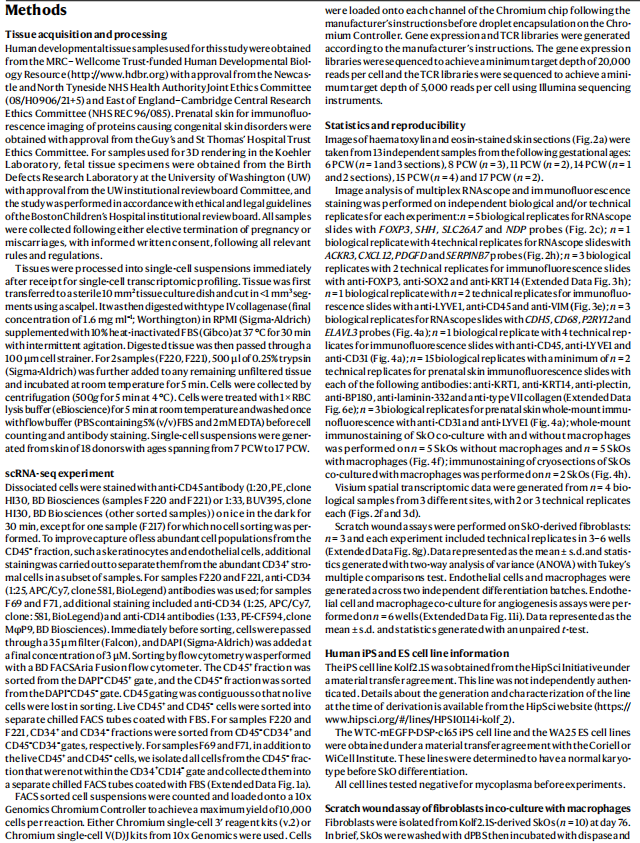
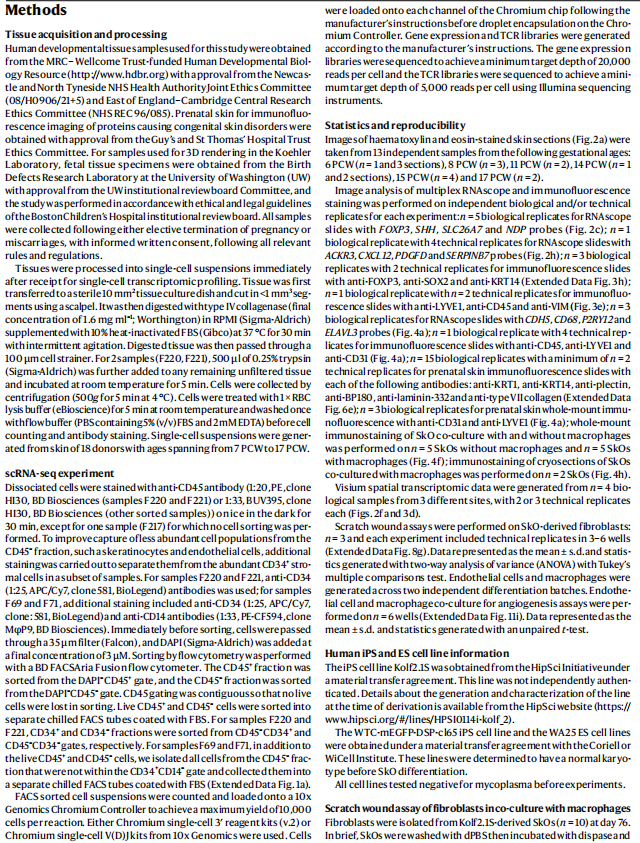

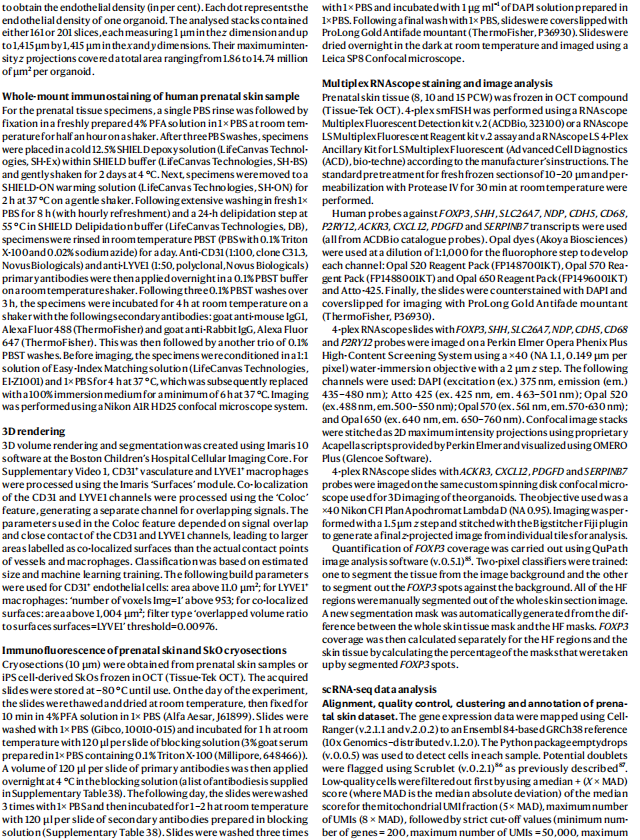
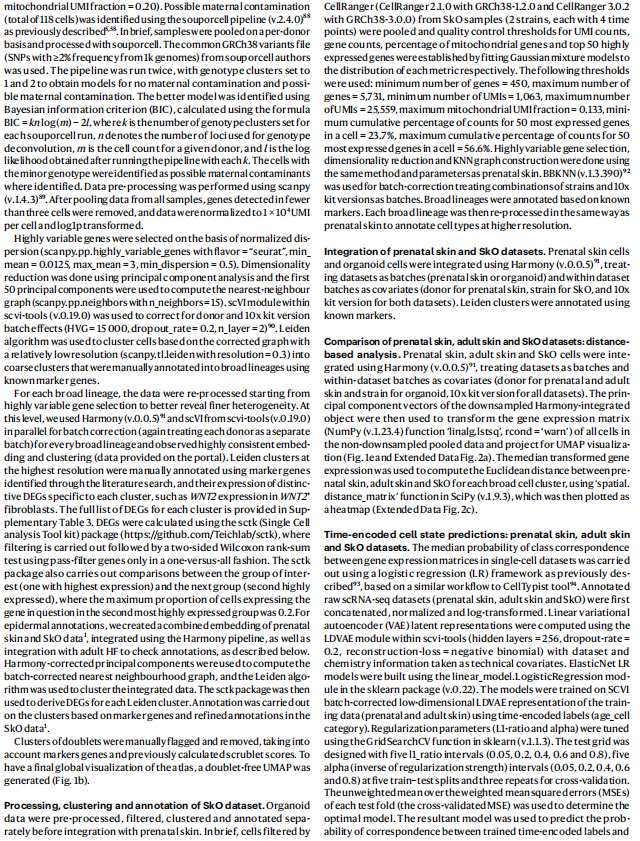
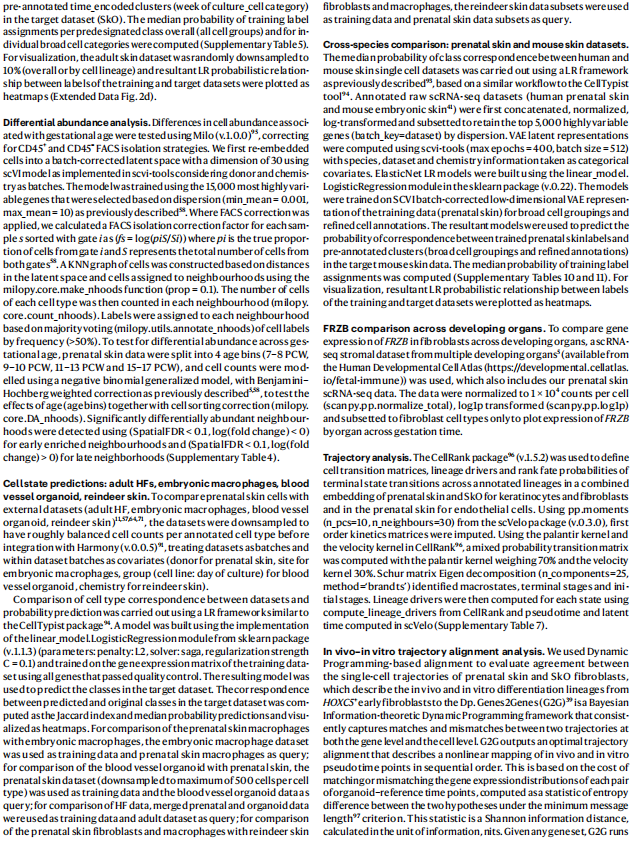

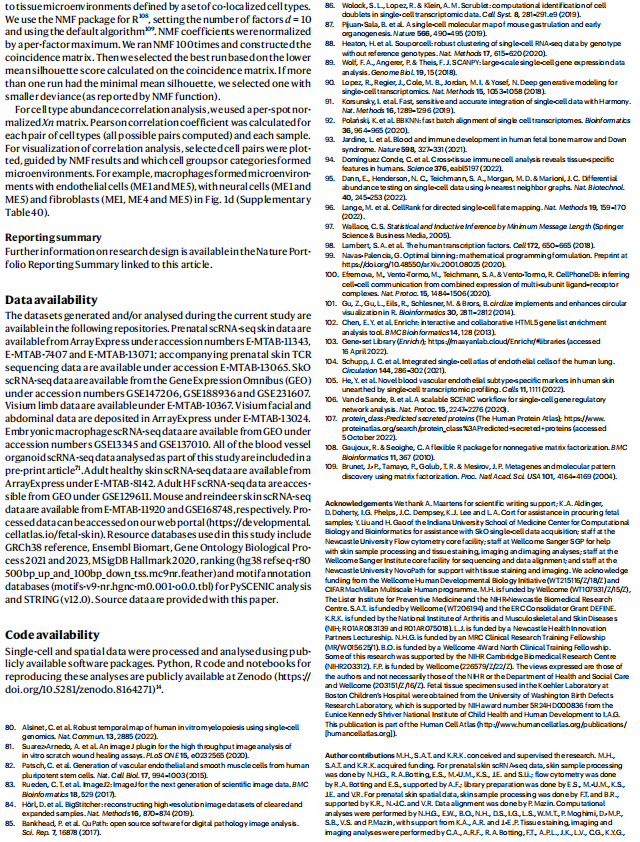


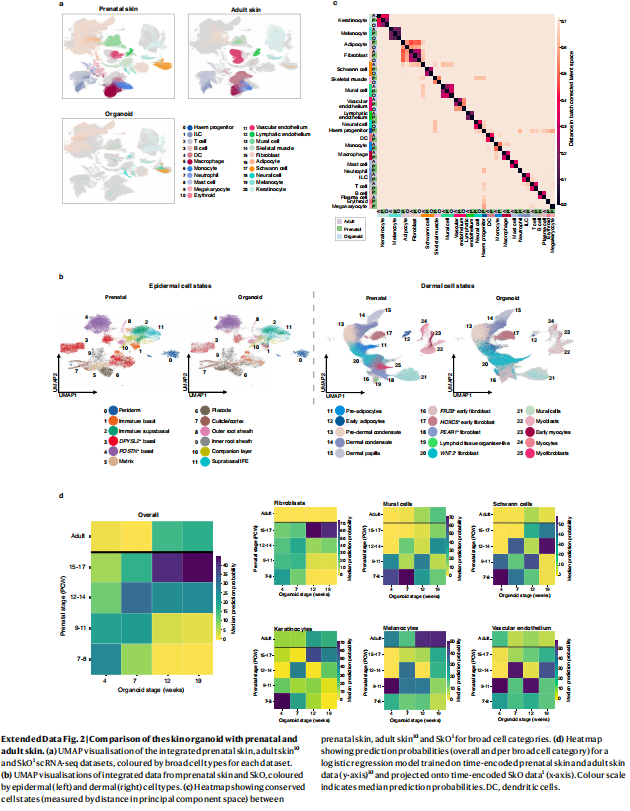


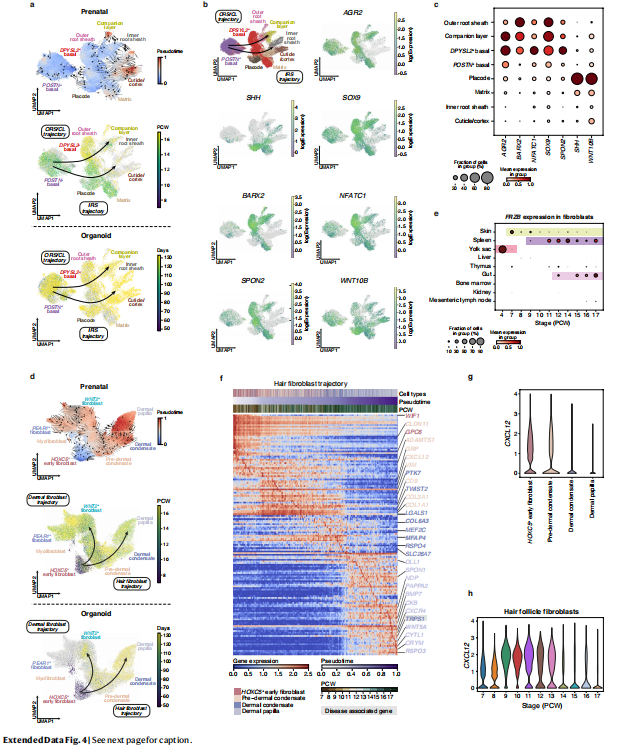

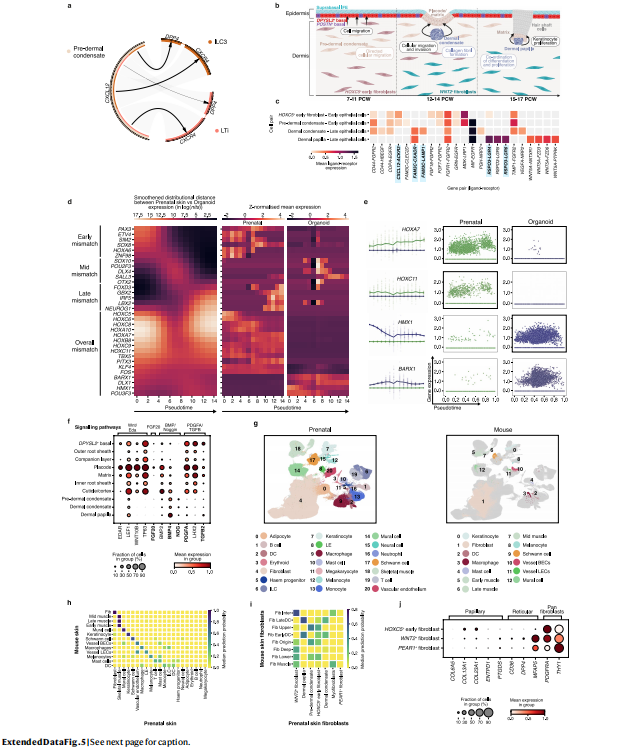
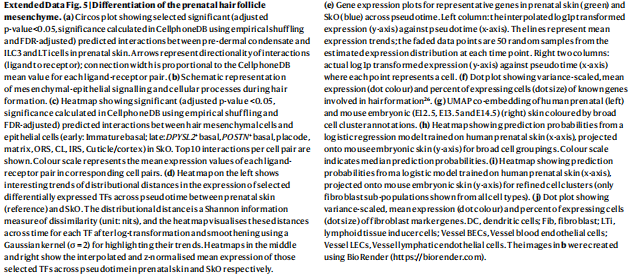
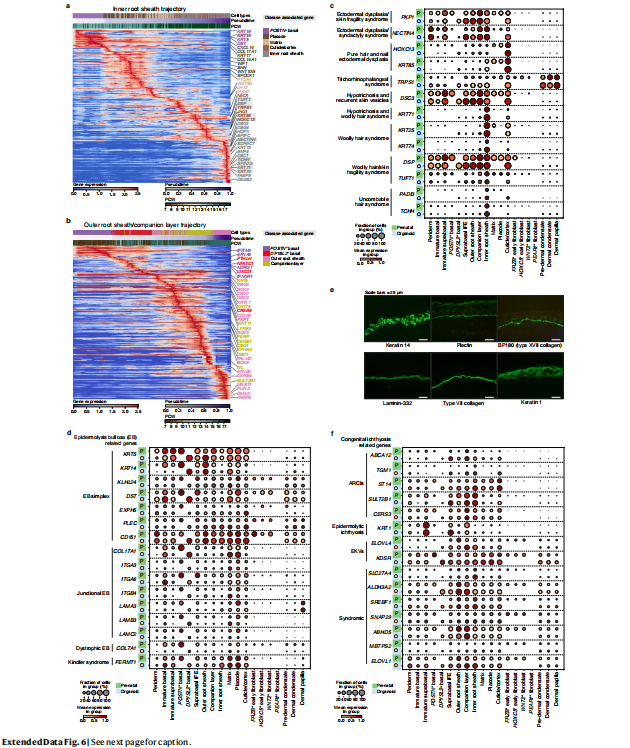

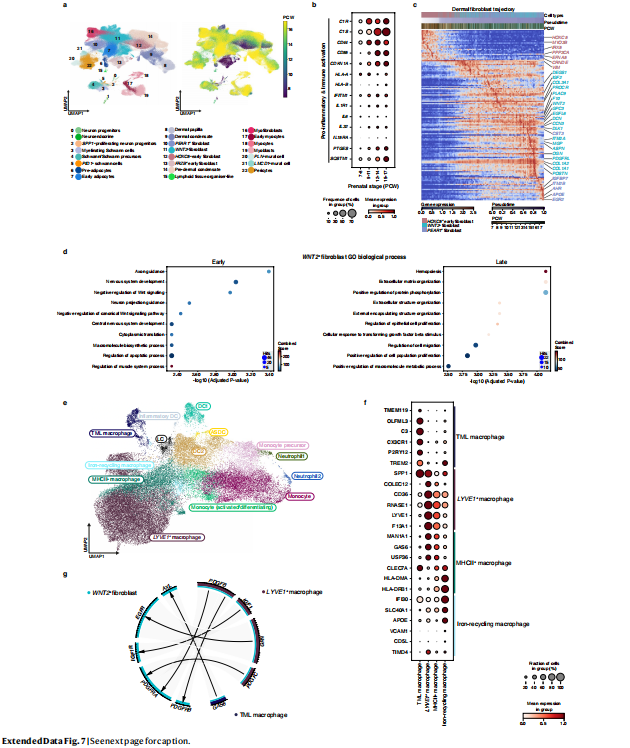

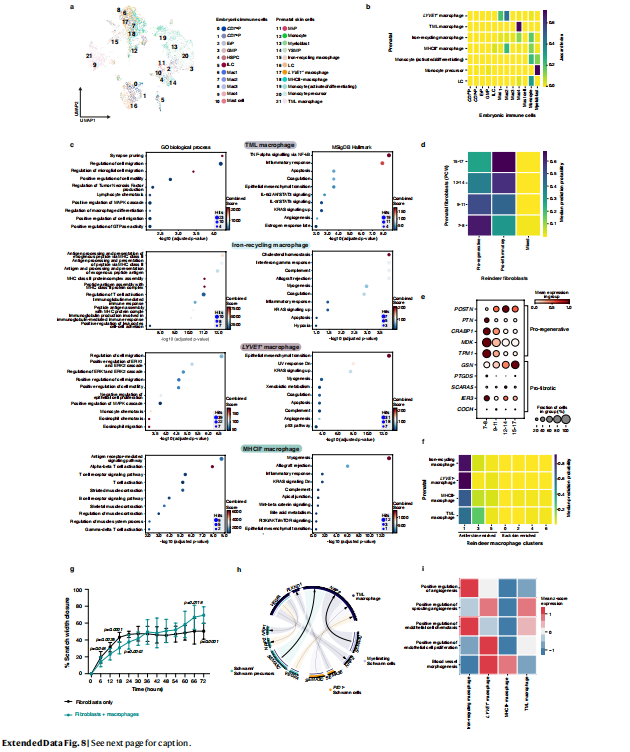
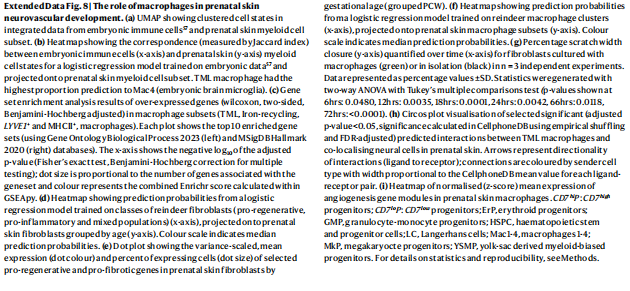
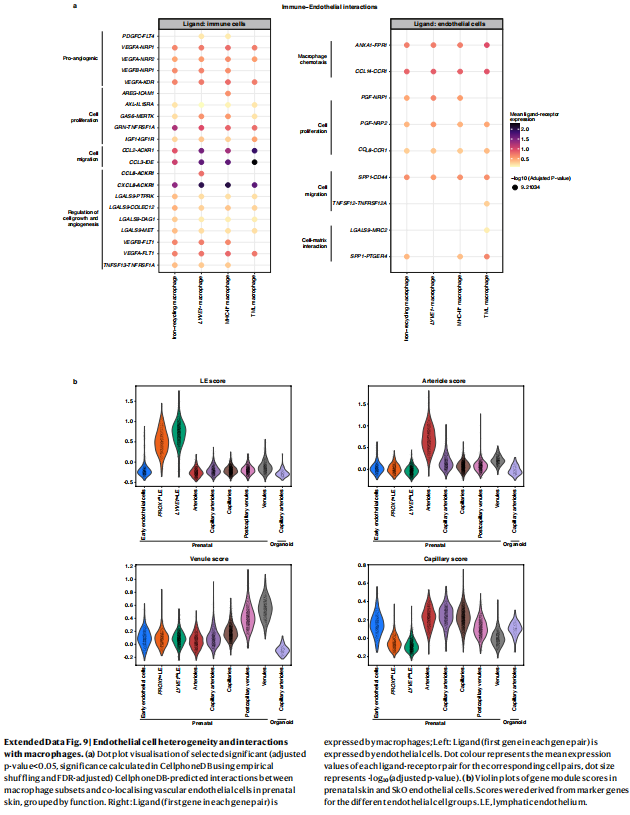
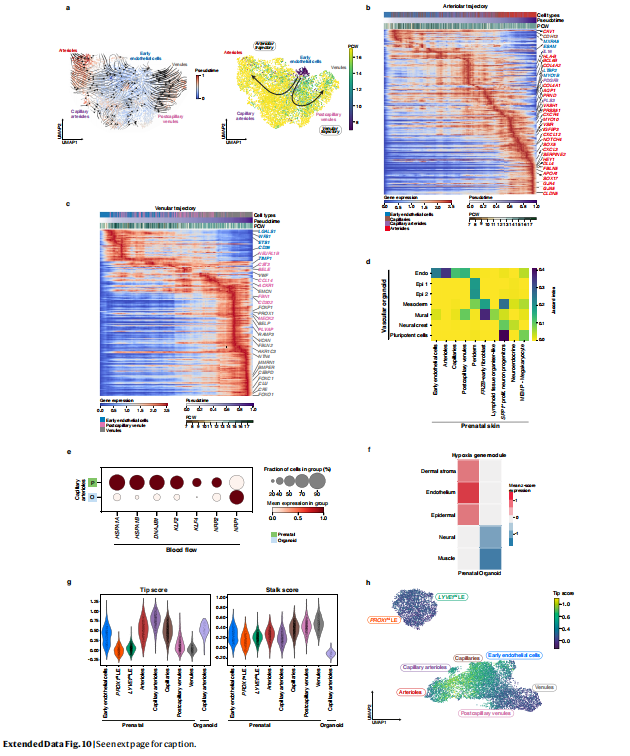

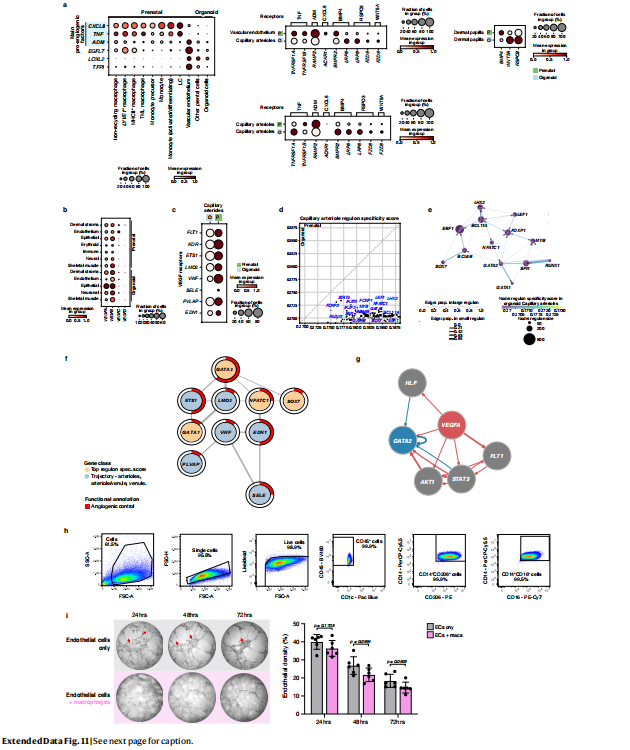
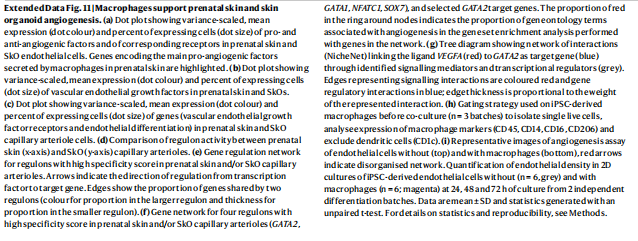
This article is excerpted from the Nature | Vol 635 | 21 November 2024 by Wound World.




